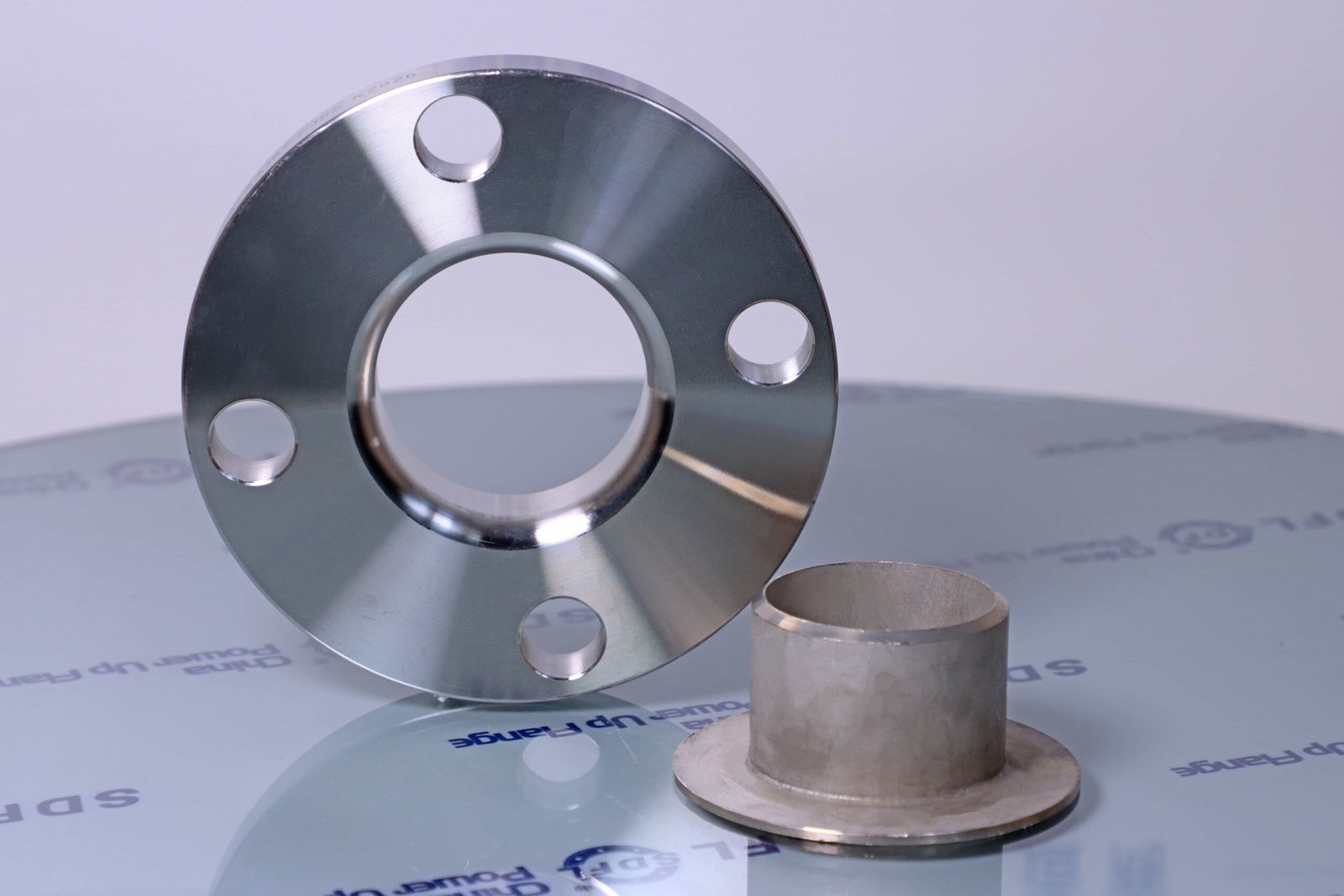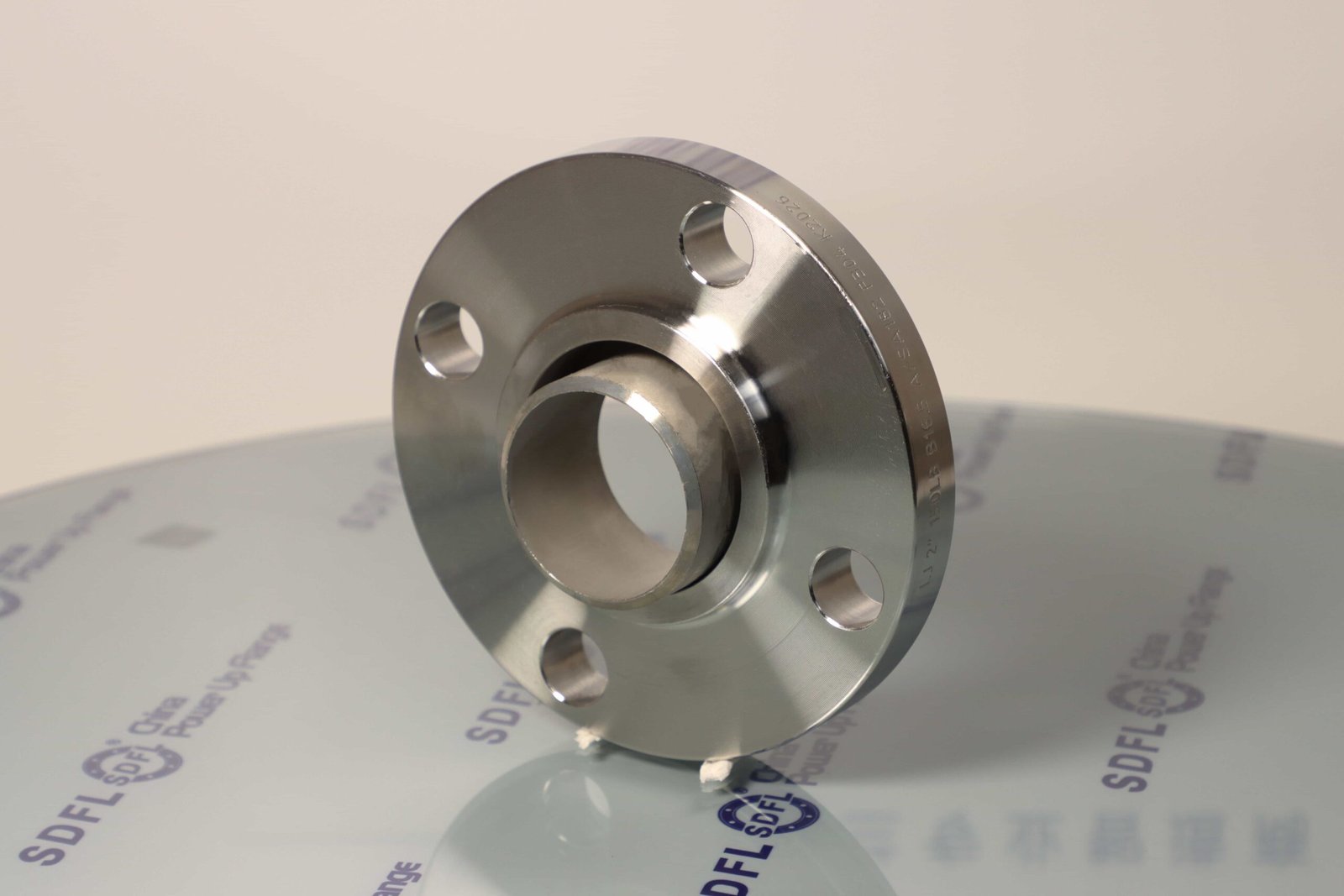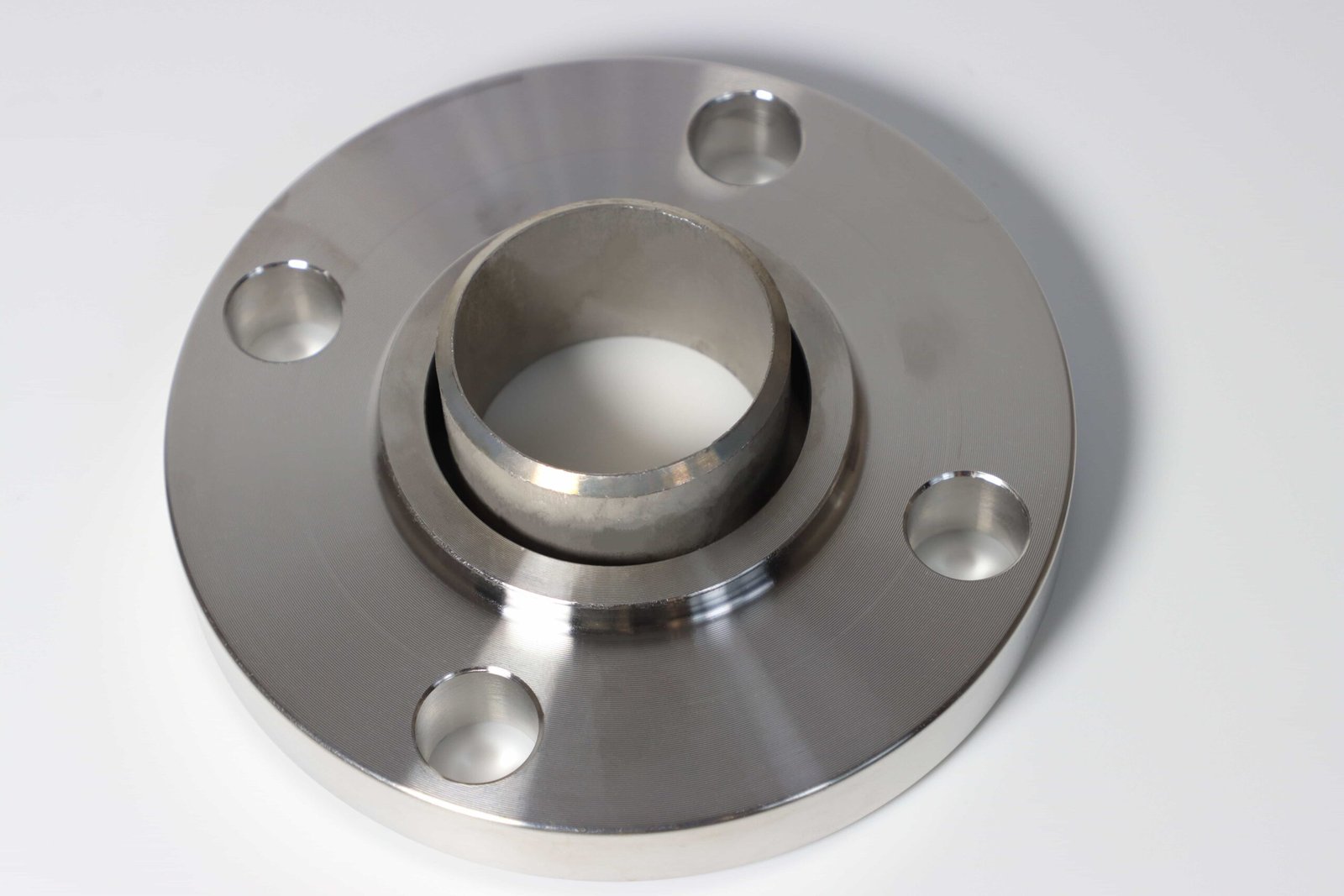International Standards:
- ASME B16.5(U.S. Standard):Class 150, 300, 600
- EN 1092-1(European Standard): PN6 to PN25.
- JIS B2220(Japanese Industrial Standard):5K to 16K
- GOST 12820-80(Russian/CIS Standard): 0.1 MPa to 1.0 MPa
- SABS 1123(South African Standard): PN6 to PN16.
- DIN 2641-2642 : PN6 to PN16.
- BS 4504(British Standard): PN6 to PN16.
Pros:
- Easy Alignment: Rotates freely to align bolt holes, simplifying installation in tight spaces.
- Reduced Pipe Wear: The stub end absorbs wear, protecting the pipe during disassembly.
- Cost Savings: Reusable flanges reduce replacement costs; only the stub end needs welding.
- Material Flexibility: Flange and stub end can use different materials (e.g., stainless steel flange + carbon steel pipe).
- Maintenance-Friendly: Ideal for systems requiring frequent inspection or cleaning (e.g., food processing, chemical lines).
Cons:
- Lower Pressure Tolerance: Limited to PN25/Class 300 or below; unsuitable for high-pressure systems.
- Sealing Challenges: Requires precise gasket alignment; prone to leaks under thermal cycling.
- Complex Assembly: Requires both a stub end and a loose flange, increasing part count.
- Higher Initial Cost: Stub ends add to material and welding expenses.
- Vulnerability to Vibration: Poor performance in high-vibration environments due to non-rigid connection.
Description
A Loose Flange (also called a Lap Joint Flange) is a type of flange that is not directly welded to the pipe. Instead, it is paired with a stub end (or lap joint stub), which is welded to the pipe. The loose flange rotates freely around the stub end, allowing for easy alignment during installation. This design is ideal for systems requiring frequent disassembly or alignment adjustments.







Sally –
First-time buyer here. Samples were precision-machined to ±0.1mm tolerance. Full EN 1092-1 compliance. Sales rep updated production photos daily. 10/10 experience!